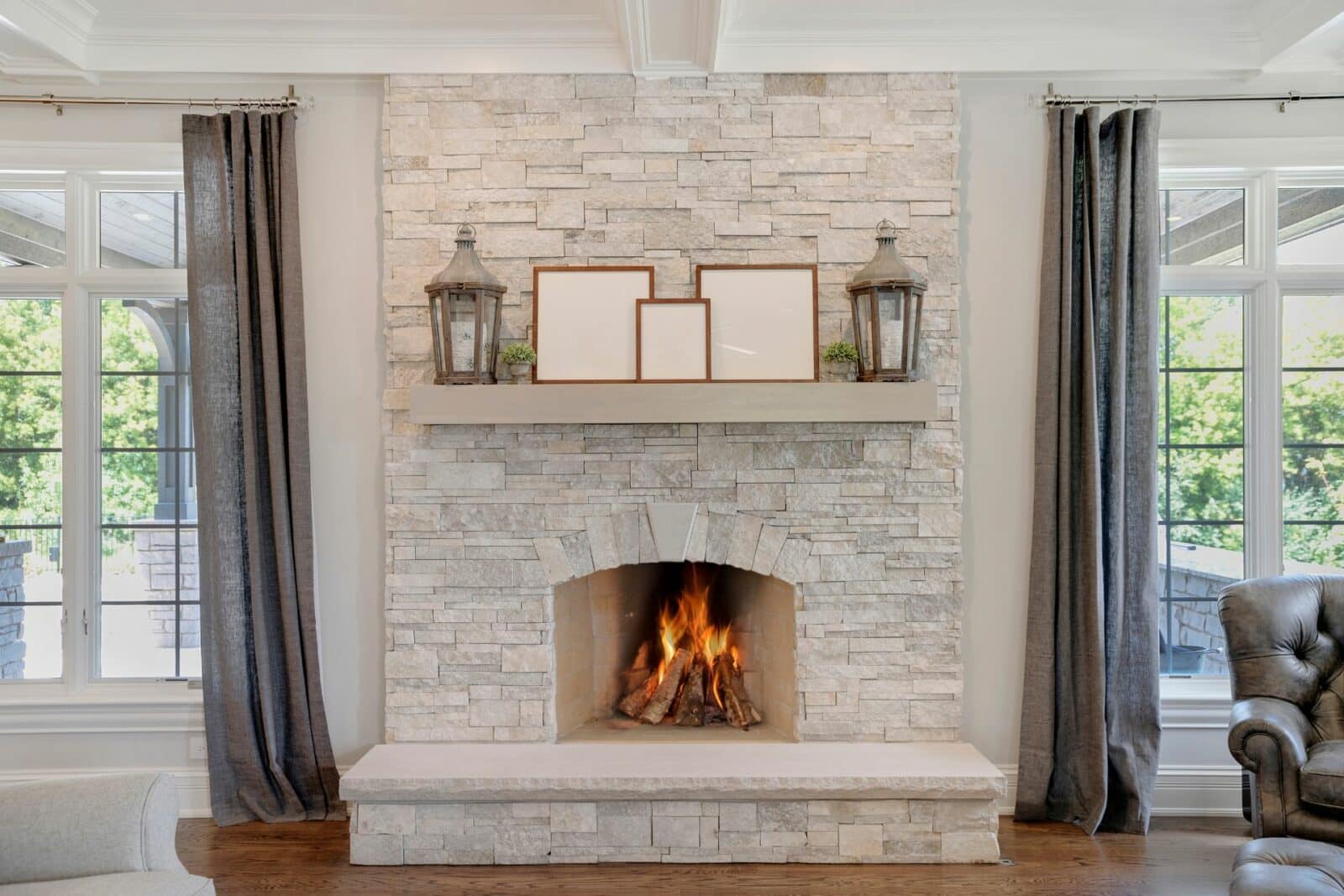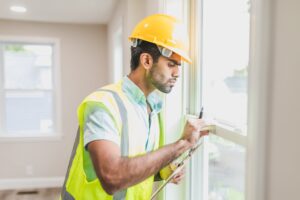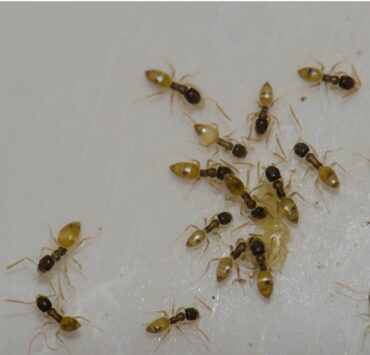As winter approaches, there’s nothing quite like the warmth and ambiance a fireplace brings to our homes. However, amidst the coziness, safety should always be a top priority. In this article, we’ll explore crucial fireplace safety tips to ensure a secure and snug winter experience.
Choosing the Right Fireplace
Before diving into safety practices, it’s essential to choose the right fireplace for your home. Whether you opt for a traditional wood-burning fireplace or a modern electric one, ensure it comes equipped with safety features like temperature control and automatic shut-off.
Preparation Before Winter
Long before winter arrives, take time to inspect and maintain your fireplace. Clear any debris, check for cracks, and ensure the chimney is clean. Regular maintenance reduces the risk of potential hazards and keeps your fireplace operating efficiently.
Safe Practices While Using a Fireplace
Using properly seasoned firewood not only enhances the quality of your fire but also reduces the risk of chimney fires. Employ fire screens to prevent sparks from escaping, and always keep flammable items at a safe distance.
Monitoring the Fire
Never leave a fire unattended. It’s not only a safety concern but also ensures that the fire remains within your control. Consider using a fireplace timer to remind you when it’s time to extinguish the flames.
Children and Pets Safety
Create a safety zone around the fireplace to prevent accidental burns or mishaps. Educate children about the dangers of playing near the fire, and consider pet-proofing the area to keep your furry friends safe.
Dealing with Emergencies
Having a fire extinguisher nearby is a fundamental safety measure. Additionally, formulate an emergency evacuation plan and ensure everyone in the household is familiar with it.
Carbon Monoxide Awareness
Carbon monoxide is a silent threat associated with fireplaces. Install carbon monoxide detectors, test them regularly, and replace batteries as needed. This simple step can save lives.
Educational Outreach
Extend your knowledge to the community by organizing workshops or leveraging online resources. Educating others about fireplace safety fosters a safer winter experience for everyone.
Common Misconceptions
Dispelling myths is crucial in promoting fireplace safety. Not all fireplaces are inherently safe, and understanding the potential risks helps users make informed decisions.
Environmental Impact
Consider the environmental impact of your fireplace. Opt for eco-friendly alternatives, such as electric fireplaces or those certified by environmental standards, to reduce your carbon footprint.
Seasonal Maintenance
Post-winter cleanup is as crucial as pre-winter preparation. Clear ashes, inspect for any damage, and ensure your fireplace is ready for the next winter season.
Benefits of Fireplace Safety
Beyond the obvious safety benefits, practicing fireplace safety brings peace of mind and potential cost savings. A well-maintained fireplace operates more efficiently, saving you money in the long run.
Consumer Reviews and Recommendations
Learn from the experiences of others. Check consumer reviews and participate in online forums to gather insights into specific fireplace models and brands.
Conclusion
In conclusion, a cozy winter by the fireplace is within reach when safety is prioritized. By choosing the right fireplace, practicing safe habits, and staying informed, you can enjoy the warmth without compromising your well-being.
FAQs
- How often should I clean my chimney?
Regular chimney cleaning is recommended at least once a year, preferably before the winter season.
- Are electric fireplaces safer than wood-burning ones?
Electric fireplaces are generally considered safer, as they don’t involve open flames or produce harmful emissions.
- Can I leave the fireplace on overnight?
It’s not advisable to leave a fireplace unattended for an extended period. Always extinguish the fire before going to bed.
- Do I need a professional to inspect my fireplace?
While some maintenance tasks can be DIY, it’s advisable to have a professional inspect your fireplace annually for potential hazards.
- What should I do if I suspect carbon monoxide exposure?
If you experience symptoms of carbon monoxide poisoning, such as dizziness or nausea, evacuate the area immediately and seek medical attention. Install carbon monoxide detectors to prevent exposure.







